
How to turn your yard into a pollinator paradise
You can help the pollinators this summer by sprucing up your yard and garden
Gardening season is finally underway, and if you’ve yet to roll up your sleeves and get digging, there is still plenty of opportunity to do it.
And when you do, don’t forget to consider pollinators, who can benefit from a garden and yard tailored to their needs.
Because they are responsible for pollinating at least one of every three bites of food you eat, it is important to provide them with shelter and food sources. There are many ways to support pollinators--from keeping your yard untidy and creating shelters to sprucing up your gardens with native flowers.
SEE ALSO: Honeybees can pose a threat to wild bees, here's how
With tips from Halton Environmental Network (HEN), Nature Conservancy of Canada (NCC) and the David Suzuki Foundation, among other groups, you can create your own pollinator paradise.
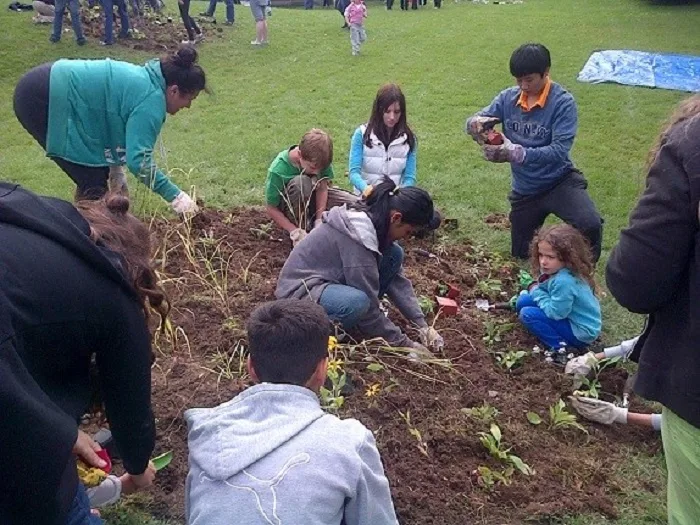
Planting a garden at the Solel Synagogue in 2018. (Laura Irvine/Submitted to The Weather Network)
“It’s incredibly important for us to embed our community with more pollinators. Our climate is changing and we know that gardens do a couple of different things when it comes to climate,” said Lisa Kohler, former HEN executive director (current executive lead of climate change and reconciliation with Halton region), in an interview with The Weather Network in 2019.
Pollinator gardens can become 'carbon sinks'
Gardens can sequester carbon and remove emissions from the atmosphere, filtering it into a “carbon sink,” Kohler said, on their environmental benefits.
She recommends people install pollinator gardens with native species because they have “so much added value” and will develop and expand quicker than other varieties.
For example, less watering is required and they won’t need as much additional soil or chemicals, as this type of garden has a natural process.
“Native gardens help with sequestration, but they also help with enhancing our communities’ resiliencies when it comes to drought resistance, weather resistance, etc.,” said Kohler. “Pollinator [gardens] will service our ecosystems so much better than a typical garden.”

PollinateTO Garden. (Michael Vann/The Weather Network)
These types of gardens are also one of the easiest to install because the maintenance isn’t as substantial as other kinds, she said, noting information on setting them up is readily available online or by contacting your local conservation authority.
Thousands of native plants
There are thousands of native plant species in Canada, growing in different sizes, colours, shapes and in different parts of the three-cycle season (spring, summer and fall).
Though Kohler noted one of the more ideal types is the milkweed because it is a “very drought-resistant” and resilient plant, one that is easy to replicate in many communities with seeds left over to produce additional flowers. It is particularly helpful to butterflies and bees.
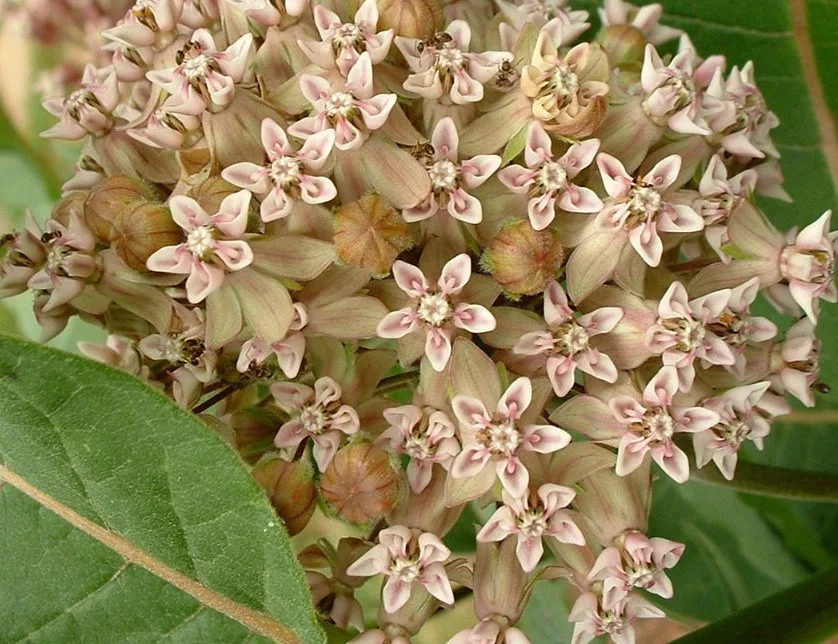
Common milkweed. (Tracy Ducasse)
Sunflowers are a common native plant that are “beacons for pollinators” because of their heights, according to the David Suzuki Foundation.
They’re also good sources of nectar and pollen for honeybees, bumblebees and other wild bee species, as well as butterflies and other beneficial insects. It is suggested to leave the flower in the garden as a natural fall and winter bird feeder, which is “much loved by chickadees.”
If you’re unsure where a plant is from, NCC advises you to talk to garden centre staff about where their plants are grown since numerous nurseries import plants from far distances. You can also ask about the growing season for each plant and the types that would be most suited to your backyard conditions.
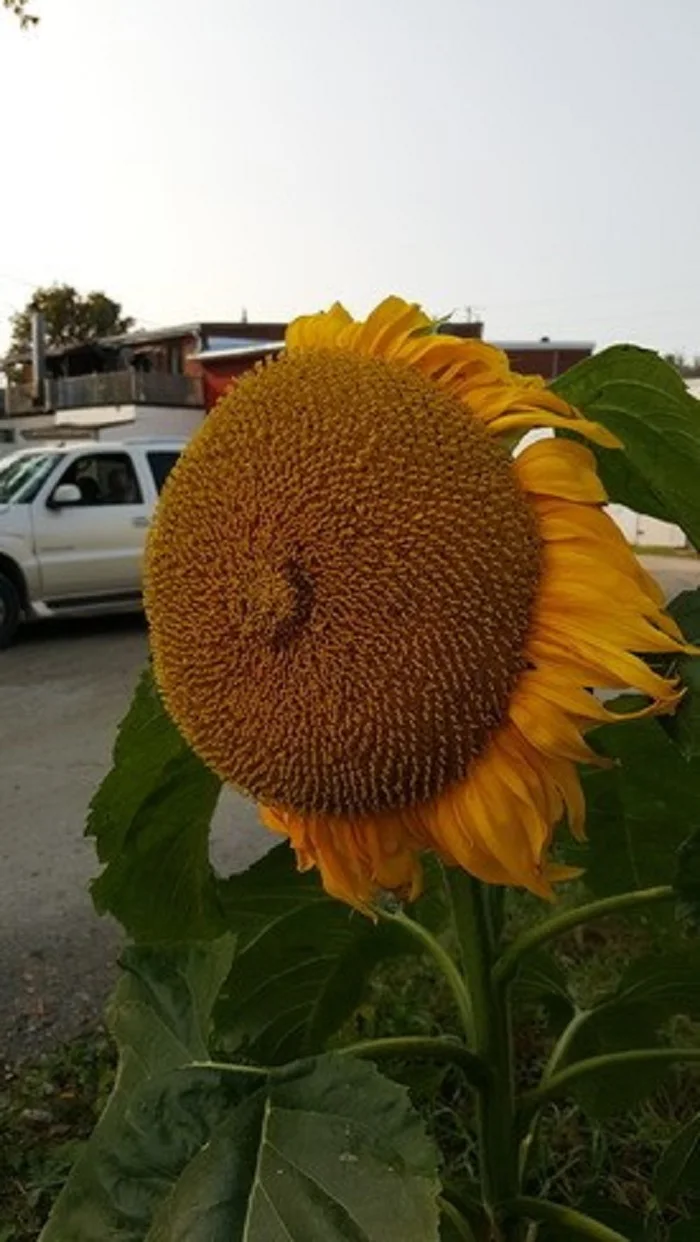
Giant sunflower. (Lou Anderson/Submitted to The Weather Network).
Three-season cycle
When it comes to creating and maintaining pollinator gardens, it’s important to consider the three-season cycle--spring, summer and fall.
This is to ensure are different colours at different points throughout the season, which will “really help encourage [pollinators], especially monarch butterflies, to come to our community,” Kohler said.
So when you’re looking for the ideal location in your backyard, find a spot where there is some access to sunlight and has some shelter from the wind, as you want to make sure the colors are “really robust throughout the season.”
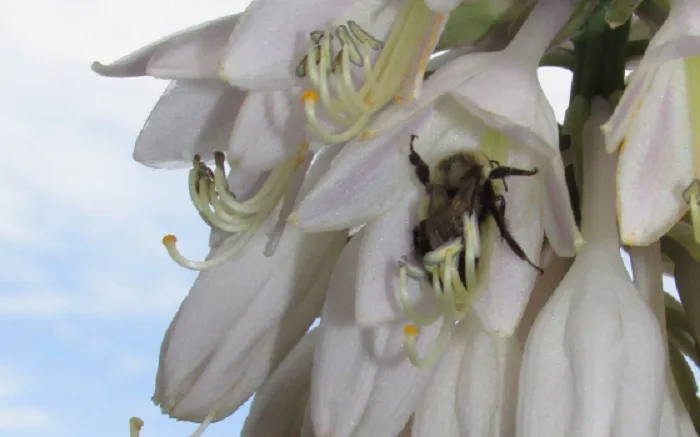
Bumblebee. (Nathan Howes/The Weather Network)
“To have a pollinator garden be successful, it has different flowering times, so you want to have the three cycles. So, a patch of colour happens throughout the growing season. That way it is a little more resilient for the pollinators,” said Kohler.
Other ways to help pollinators
It isn’t just pollinator gardens with native plants that will draw nature’s creatures to your yard. David Suzuki Foundation has some suggestions including building a butterfly garden, wild bee sanctuary and leaving a messy yard.
It is recommended to build homes where pollinators can lay eggs or overwinter. Bee boxes are a good example of a safe habitat that can be easily built with the help of your children.
You should also leave twig piles and bare ground in the spring, as Kohler encourages people to avoid raking their yards right now to provide habitat for the bees’ larvae.
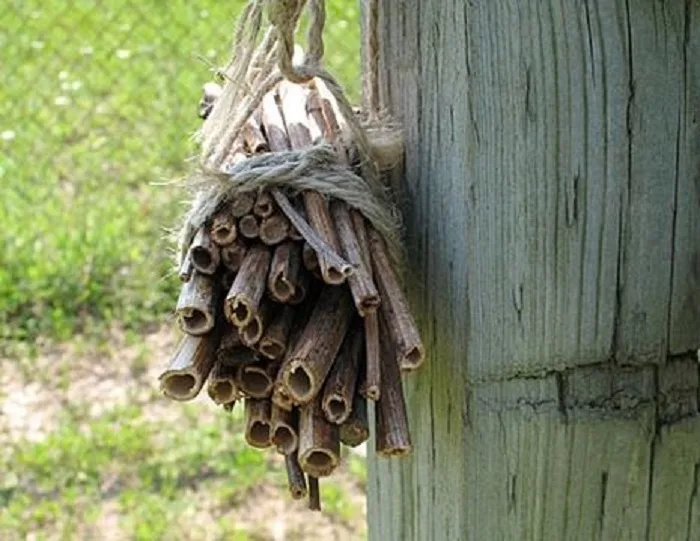
Bee bundle. (Conservation Halton/Submitted to The Weather Network).
“If people do have lawns, they should be leaving the leaves where they are because that is probably shelter for some of those species. It’s great to just leave the leaves where they are.”
WATCH: Bee busily pollinating the crops of the gardens of London, Ont.
EDITOR'S NOTE: This story was originally written and published in spring 2019. Information has been updated to reflect it.
